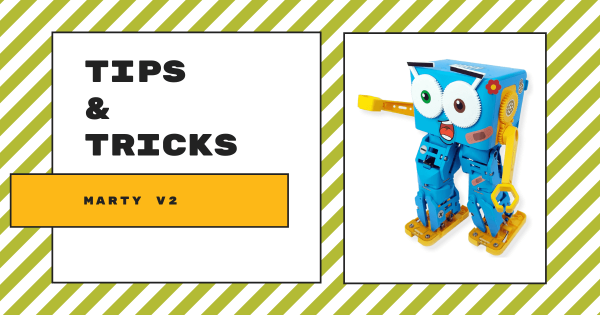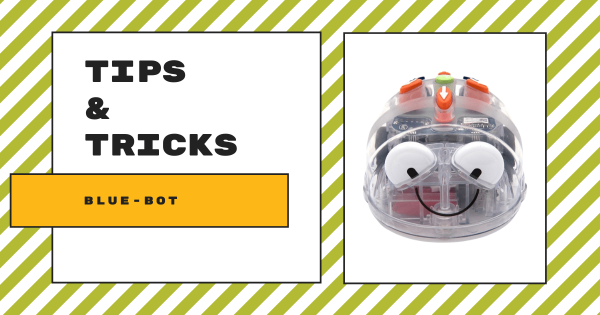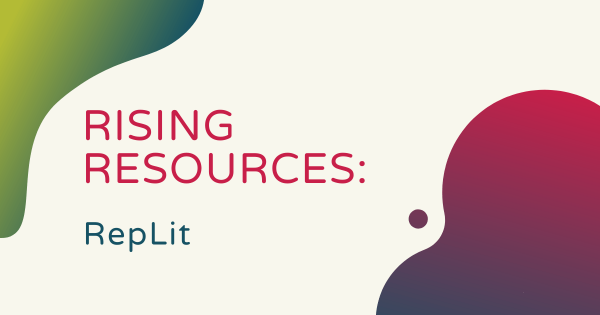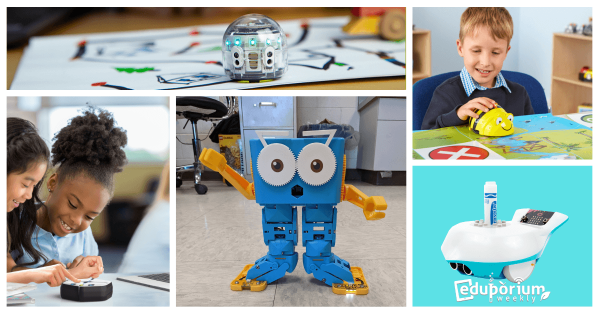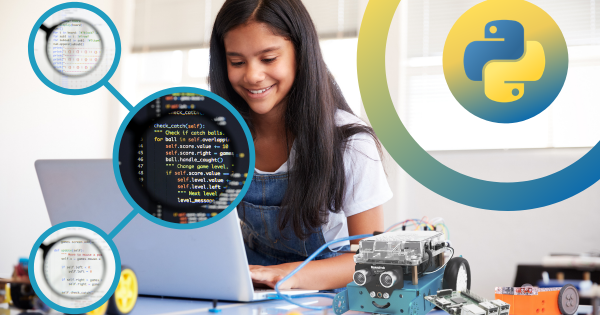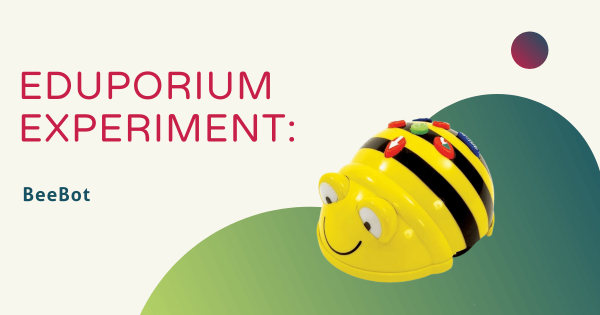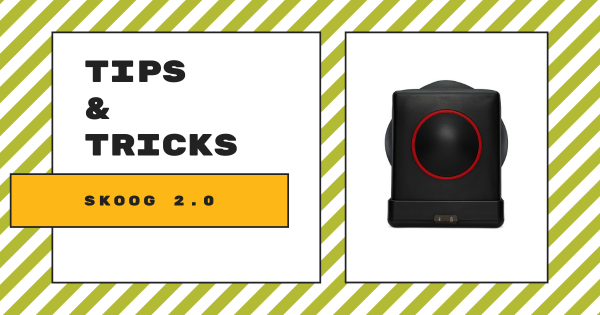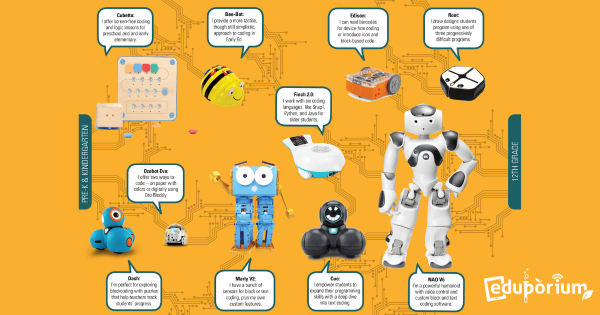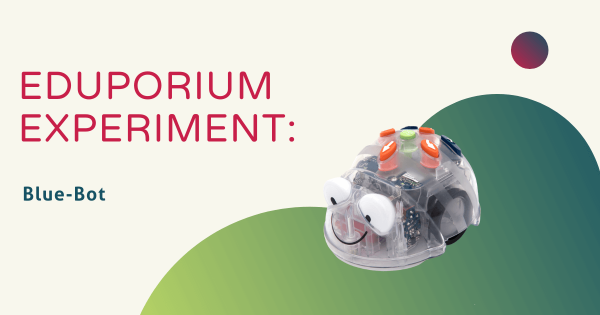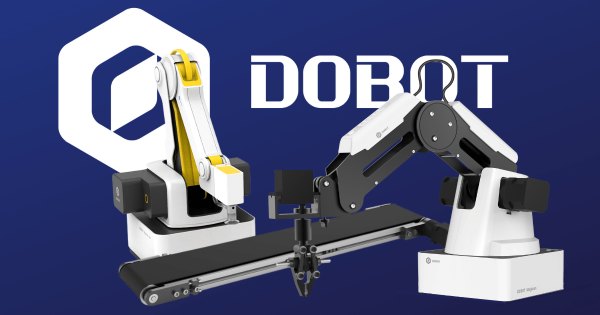Since it’s a Scratch-compatible robot, the Marty V2 is super accessible for students with different CS experience levels. Scratch is a graphical coding language, which means your students don’t necessarily need to have prior experience with coding to program their Marty. Then, there’s its Scratch Jr. and Python compatibility—making the Marty V2 viable in all K-8 grades.
Coding
Coding is, of course, a hugely important area of 21st century education. Whether they're as young as Pre-K or ready to enter college, coding is extremely relevant to almost every student's future. Thankfully, millions of educators and administrators realize the importance of teaching kids to code. Whether it's a curricular requirement or part of an informal school club, programming experiences are amazingly valuable for students. There's also plenty of options, so educators can find something without complicated or pricey features. In this section, you'll see a lot of different topics related to K-12 coding. These include features on particular STEM tools, insights on coding integration, skills students can develop and more. There's also something for teachers of all grade levels. Whether you teach the early grades or have students with the foundation to take the next step, you'll find helpful resources for teaching coding in the classroom.
Coding is truly an experience that all K-12 students can have. Starting in the early grades, students can code screen-free with a tool like the Cubetto Robot. Then, they can start to increase their coding skills and explore Blockly environments using tools like the Dash Robot, Ozobot Evo, and many others. From there, students can explore a bunch of different languages, like Snap!, Scratch, MakeCode, and more and, eventually, expand their skill sets by exploring text-based languages, like JavaScript and Python. All the while, the STEM solutions we advocate for also allow students to learn the most important coding concepts, like loops, variables, inputs, conditionals, and syntax. With a natural progression that leads to increased computer science competencies and enhanced future readiness, it's tough to understate the relevance of coding experiences in the classroom.
-
Tips & Tricks | Blue-Bot Coding, Instructions, And Lesson Plans
Within the Blue–Bot app, there are two different modes: explore mode and challenge mode. Using either mode, kids can access the same directional buttons they’ve used with the Bee–Bot along with a few new features, like 45-degree turns and digital capabilities. Read on to learn how this slightly more advanced early elementary robotics tool can impact STEM learning.
-
Rising Resources | Learn Coding With RepLit
Students can access the RepLit coding platform directly from the browsers they prefer. It is free, intuitive, and helps unlock collaborative programming projects in real time. With efficiency a top priority, there’s no setup process required to use RepLit and all students need is a computer or laptop along with an Internet connection to start exploring real text coding.
-
Eduporium Weekly | Coding Tools For Each Grade Level
From kindergarten through high school, coding helps all students develop real-world hard and soft skills—even if they are not planning on pursuing a computer science career. Plus, getting started isn’t intimidating either and, in fact, introducing programming often involves some extremely simple CS tools in kindergarten before working in those with more STEM possibilities.
-
Teaching Python Coding Starting In Elementary School
Python is an open language that’s perfect for both first-time programmers and students who have experience, empowering them to broaden their CS knowledge and abilities. It’s completely text-based and often described as a general-purpose language that’s used primarily in web development, app generation, scientific computing, and in creating graphical interfaces.
-
Eduporium Experiment | Bee-Bot Robot
To use the Bee–Bot See & Say model with a device, kids can download the Bee–Bot app from the app store. It’s available for iOS devices (iPhone and iPad) and Android devices, offering them the chance to bolster new coding skills while playing games. Most importantly, it creates a stepping stone to the next level of coding with the Bee–Bot and other classroom robots.
-
Tips & Tricks | Skoog Instrument 2.0
The Skoog 2.0 is a tactile device that students can utilize to create sounds and music based on how they touch the various sides of this cube-shaped structure. It’s soft and even somewhat squishy, mimicking the top side of a drum with its unique texture but the Skoog 2.0 helps K–12 music teachers create learning experiences that are equally fun and engaging.
-
Classroom Robots: A Look At Our Robotics Progression Chart
A large percentage of parents and K–12 teachers are aware that computer science and STEM education can impact children starting at a very young age. They may not, however, have all the key information when it comes to how to facilitate these learning experiences. From kindergarten up through high school, these robotics tools help kids progressively develop CS skills.
-
Eduporium Experiment | Blue-Bot And The Blue-Bot App
Designed to closely resemble the tried-and-true Bee–Bot coding robot, the Blue–Bot Robot from Terrapin provides ECE teachers and students with an upgraded learning experience. It’s still simplistic enough for kids to use as part of Pre–K, kindergarten, and early elementary lessons but also features added Bluetooth functionality to ensure for progressive skills development.
-
Get To Know The Dobot Software And Educational Robot Arms
Consisting of robot arms, AI kits, and accessories, these technologies help inject additional real-world relevance and rigor into your high school STEM and CTE programs. From the Dobot Magician and AI kits to their conveyor belts and sliding rail accessories, students can truly get a feel for the world of automation, simulate AI experiences, and program robotic behaviors.




